A discovery of a nine-meter-long and 2.10-meter-wide corridor behind the Great Pyramid of Giza, known as Khufu Pyramid, was announced on Thursday.
Egyptian Minister of Tourism and Antiquities Ahmed Issa said that "the discovery is a result of the international 'ScanPyramids' project that was launched in 2015 by Egypt's Ministry of Antiquities to study the structure of the pyramids without using harmful drilling methods."
It will lead to further findings, he told a press conference in front of the Khufu Pyramid.
An international team, consisting of experts from Egypt, France, Germany, Canada, and Japan, has been working on analyzing a cavity behind the pyramid's north face that was first discovered in 2016, he added.
Scientists used non-invasive and non-destructive surveying techniques called muons radiography.
The discovered passage was likely designed to help relieve the weight of the vast structure of the 4,500-year-old Khufu's Pyramid, which was built as royal burial chambers, according to the official.










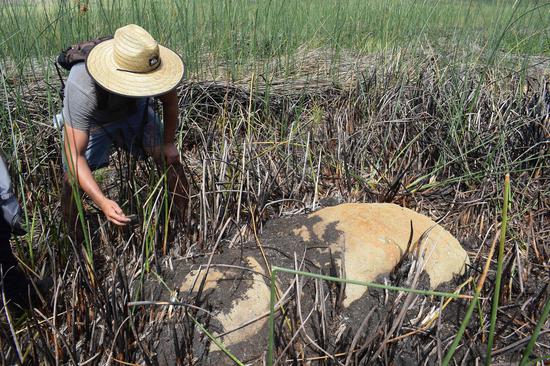

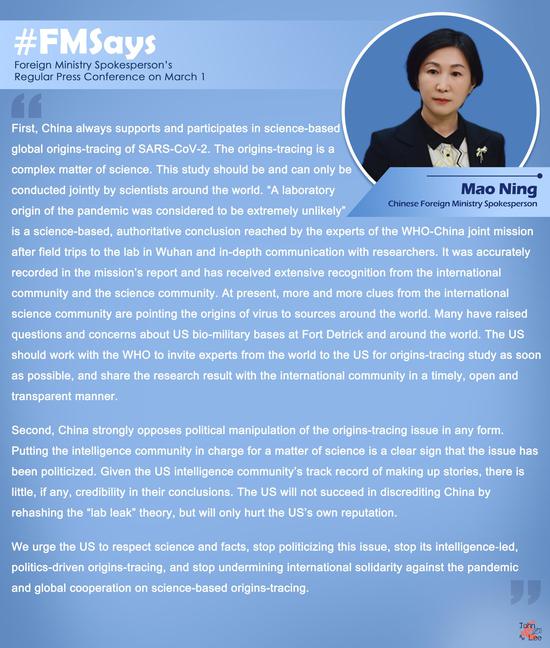

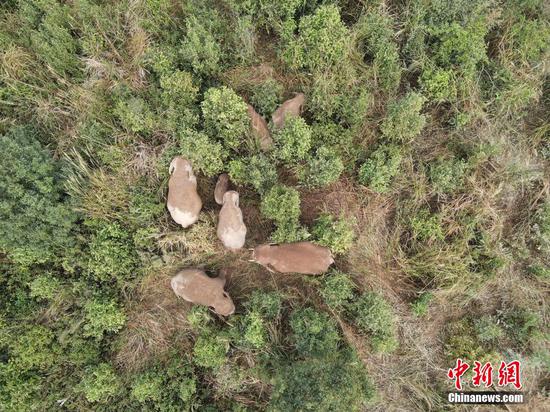




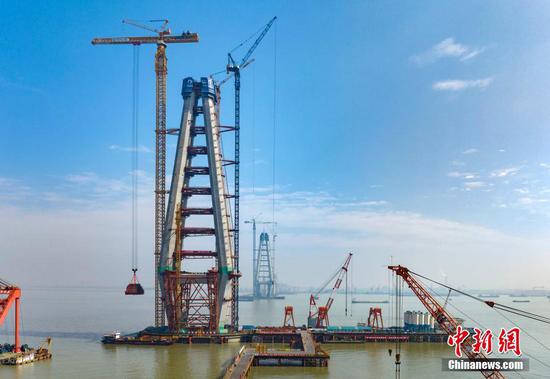











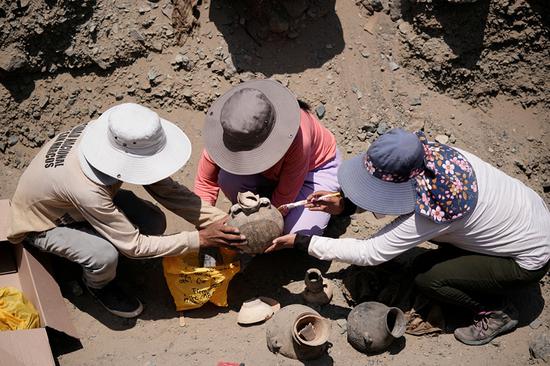

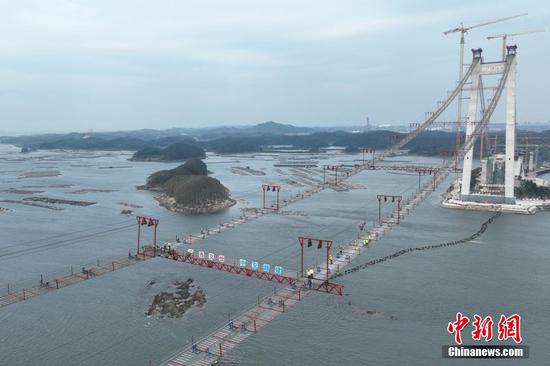


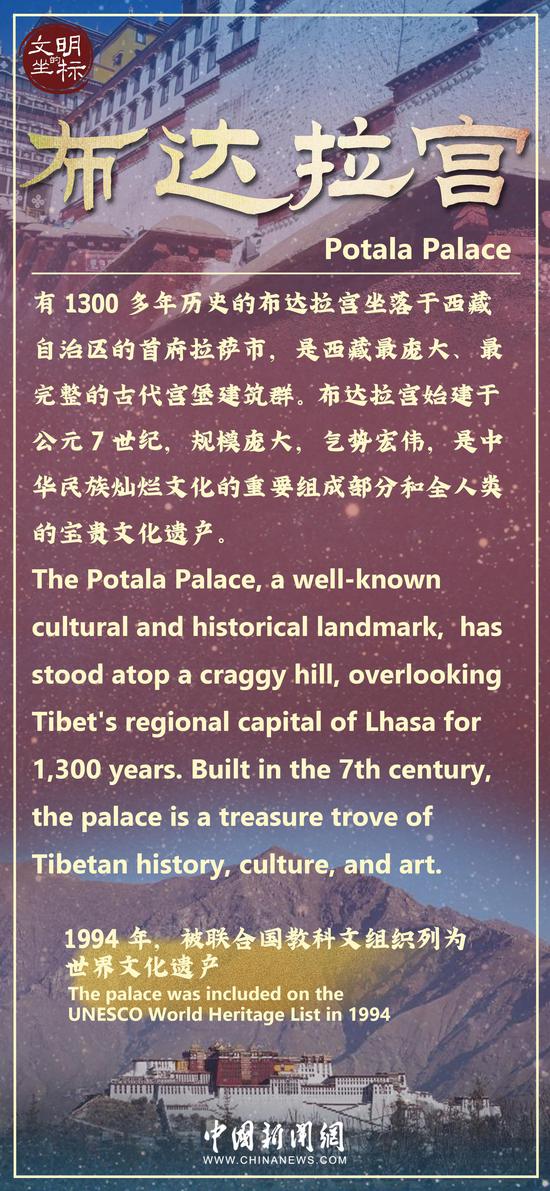
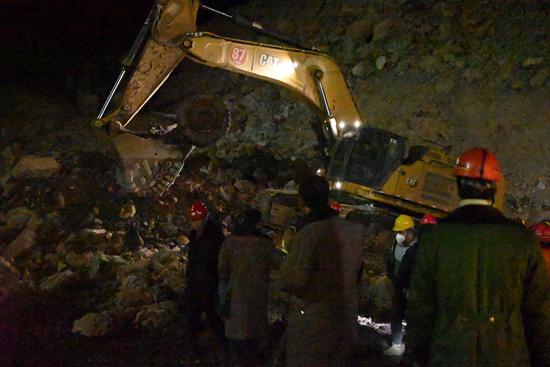
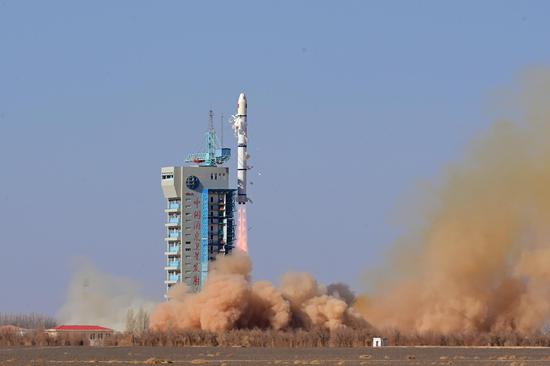
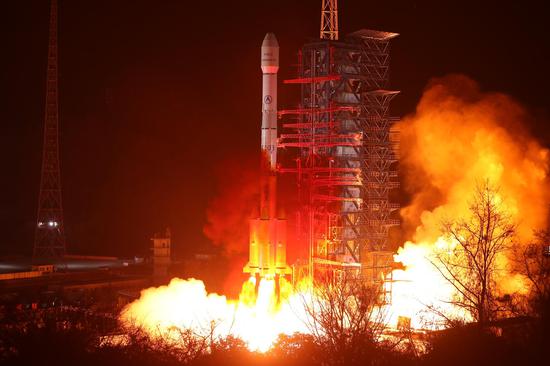




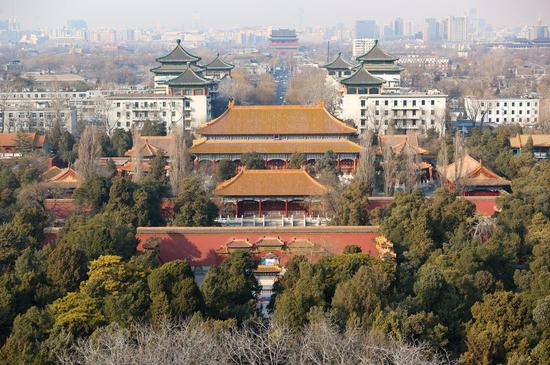

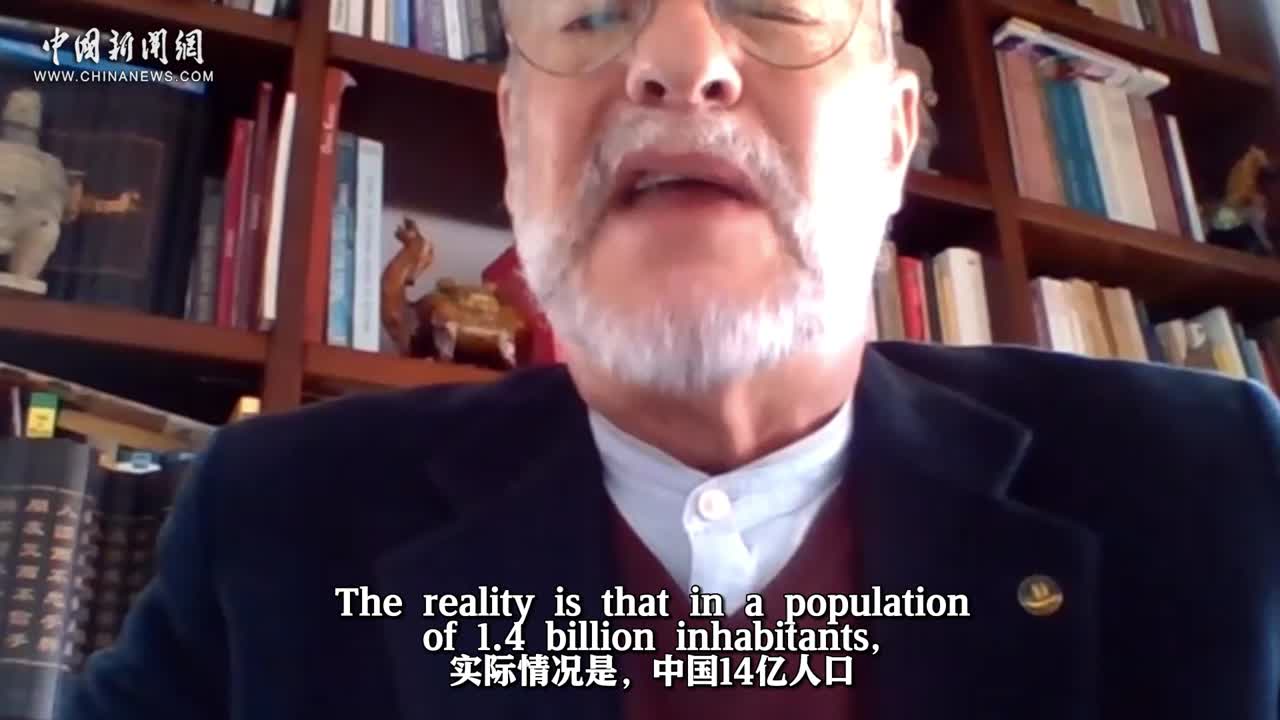

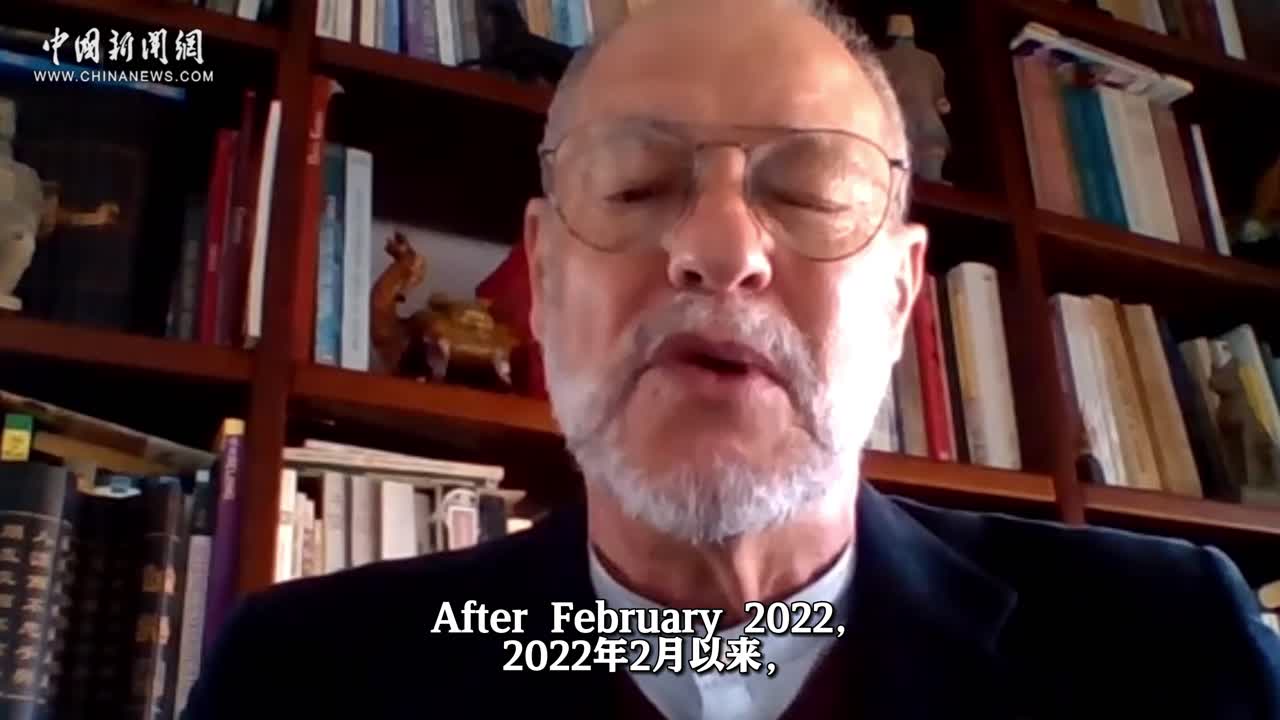

 京公网安备 11010202009201号
京公网安备 11010202009201号